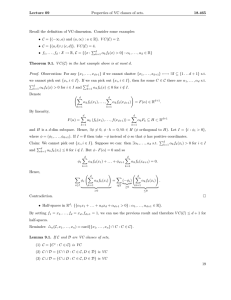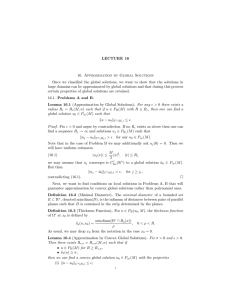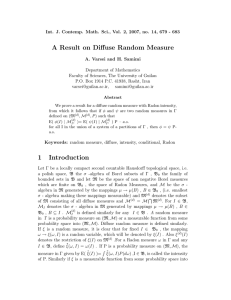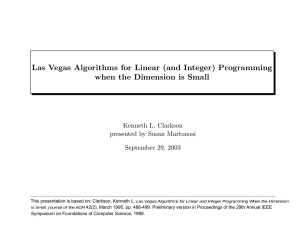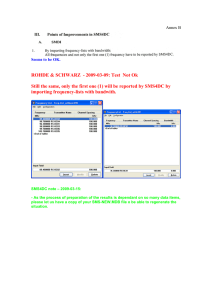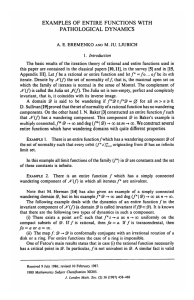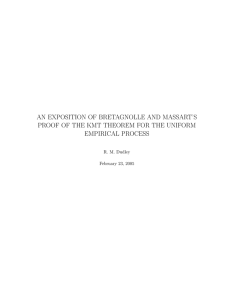Document 13570169
advertisement
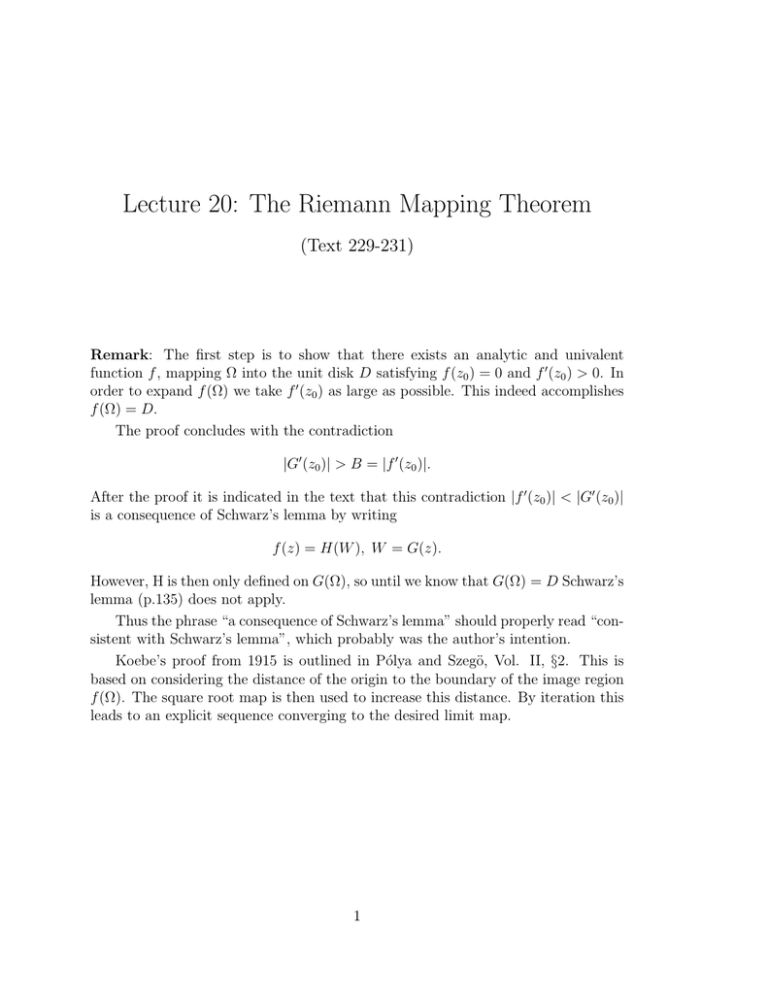
Lecture 20: The Riemann Mapping Theorem (Text 229-231) Remark: The first step is to show that there exists an analytic and univalent function f , mapping Ω into the unit disk D satisfying f (z0 ) = 0 and f � (z0 ) > 0. In order to expand f (Ω) we take f � (z0 ) as large as possible. This indeed accomplishes f (Ω) = D. The proof concludes with the contradiction |G� (z0 )| > B = |f � (z0 )|. After the proof it is indicated in the text that this contradiction |f � (z0 )| < |G� (z0 )| is a consequence of Schwarz’s lemma by writing f (z) = H(W ), W = G(z). However, H is then only defined on G(Ω), so until we know that G(Ω) = D Schwarz’s lemma (p.135) does not apply. Thus the phrase “a consequence of Schwarz’s lemma” should properly read “con­ sistent with Schwarz’s lemma”, which probably was the author’s intention. Koebe’s proof from 1915 is outlined in Pólya and Szegö, Vol. II, §2. This is based on considering the distance of the origin to the boundary of the image region f (Ω). The square root map is then used to increase this distance. By iteration this leads to an explicit sequence converging to the desired limit map. 1








